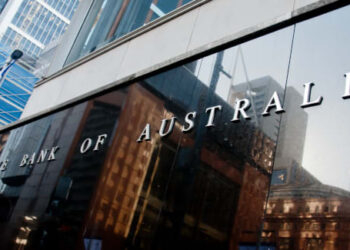In its most recent circular, the ombudsman revealed it received 8,081 complaints in the March quarter – up from 7,391 in the December 2013 quarter.
Total disputes received in the March 2014 quarter were up six per cent on the same period in 2013.
Disputes about credit and general insurance took up the bulk of the complaints, with investment and life insurance disputes making up nine per cent of total disputes (355 and 354 complaints, respectively).
FOS ‘accepted’ (that is, began taking an ‘active role’ in attempting to resolve the dispute) in 5,933 disputes during the March quarter (up nine per cent on the December 2013 quarter).
The ombudsman closed 7,919 disputes in the March quarter. Of those, 54 per cent were resolved by the financial services providers (FSPs); four per cent ended in a decision in favour of the applicant; and five per cent ended with FOS finding in favour of the FSP.
The FOS Circular also laid out the ombudsman’s approach to calculating loss in financial advice disputes.
Under its terms of reference, FOS can award consumers $280,000 per claim for direct financial loss and up to $3,000 for loss that is not a direct loss.
“If an FSP has breached their duty to a consumer, we will consider whether compensation is appropriate,” said FOS.
“The purpose of compensation is to place the consumer in the position they would have been in had there been no breach of duty,” said the ombudsman.
“We will look for an alternative portfolio of investments with the correct mix of defensive and growth assets.”
But in some cases it is not clear what the consumer’s position would have been if the breach of duty had not occurred, said FOS.
In those disputes, FOS looks at how the consumer’s money was invested immediately before it was invested in the disputed investment; whether the consumer was satisfied with their investments immediately before they made the disputed investments; whether the consumer actively sought the financial adviser’s advice or had responded to an invitation to obtain advice; if the consumer had actively sought the advice, the reason why they had done so; and whether the consumer had told the adviser that they had any investment preferences.







